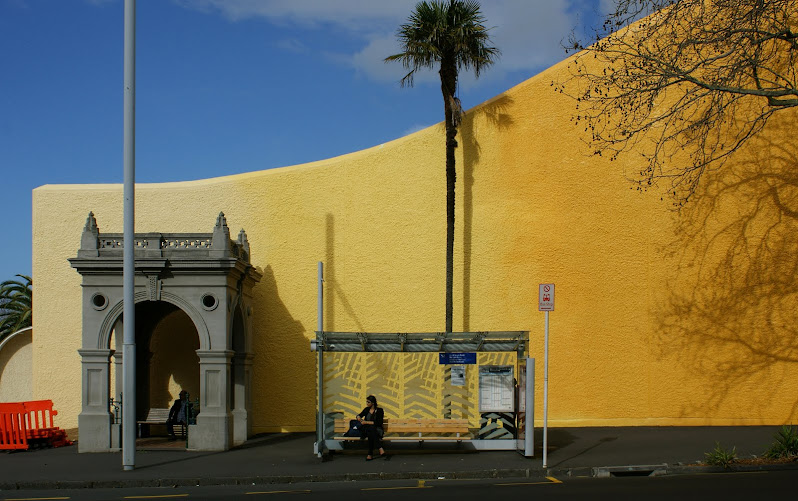 |
| Wellington, 1847 |
The first earthquake, at 1.40 am during a severe gale and heavy rain, lasted at least two minutes, and was followed by strong vibrations for 10 minutes. Vibrations continued for at least an hour, increasing to earthquake shocks every few minutes: about 100 aftershocks between 1.40 am and 6 am.
 In Wellington the violent shaking damaged almost all brick and stone buildings, including many homes, churches, the jail, commercial buildings, barracks, and the colonial hospital (which had only recently been completed). Wooden buildings survived, but many lost their brick chimneys. In Marlborough, a number of homesteads were badly damaged.
In Wellington the violent shaking damaged almost all brick and stone buildings, including many homes, churches, the jail, commercial buildings, barracks, and the colonial hospital (which had only recently been completed). Wooden buildings survived, but many lost their brick chimneys. In Marlborough, a number of homesteads were badly damaged.Major aftershocks in the next few days destroyed a number of buildings that had been damaged in the first earthquake. Many Wellingtonians described these aftershocks as being as strong as or stronger than the initial quake.
Lt-Governor Edward Eyre wrote of the effects in alarming terms:
"the town of Wellington is in ruins... terror and dismay reign... ships now in port are crowded to excess with colonists abandoning the country". Angry editorials blasted his catalogue of desolation and gloom, fearing his descriptions would deter new immigrants and discourage business investment. Even back then, it was politics, politics, politics! Eyre declared 20 October a day of public fast, prayer and humiliation: "so awfully terrific was the shock...so universal and great the destruction… so directly from the hand of God himself was the calamity… that prayers and supplication to Heaven are the only means that could avail in this extremity."
As aftershocks continued, some people sought safety aboard ships, while others decided to leave permanently. On 26 October, the barque Subraon set sail for Sydney with over 60 settlers. It struck rocks near the Wellington Harbour entrance and was wrecked, but no lives were lost. Harbour pilot James Calder was later found to have been at fault. Many of the rescued settlers eventually stayed in Wellington.
Surprisingly, only three people died in the 1848 quakes, due to falling masonry. After the event, many settlers chose to replace the damaged brick buildings with wooden ones.
 The earthquakes and aftershocks which continued well into 1849 were caused by movement along at least 105km of a major fault along the Awatere Valley. Along the fault, land moved as much as 8m horizontally. Matthew Richmond, Nelson’s resident magistrate, visited the area in November 1848. He wrote that "a crack quite straight crossed the country for miles"; in some places he had difficulty crossing it with his horse.
The earthquakes and aftershocks which continued well into 1849 were caused by movement along at least 105km of a major fault along the Awatere Valley. Along the fault, land moved as much as 8m horizontally. Matthew Richmond, Nelson’s resident magistrate, visited the area in November 1848. He wrote that "a crack quite straight crossed the country for miles"; in some places he had difficulty crossing it with his horse. So while present-day Wellingtons warily await 'The Big One', many will be unaware it may already have been…




No comments:
Post a Comment